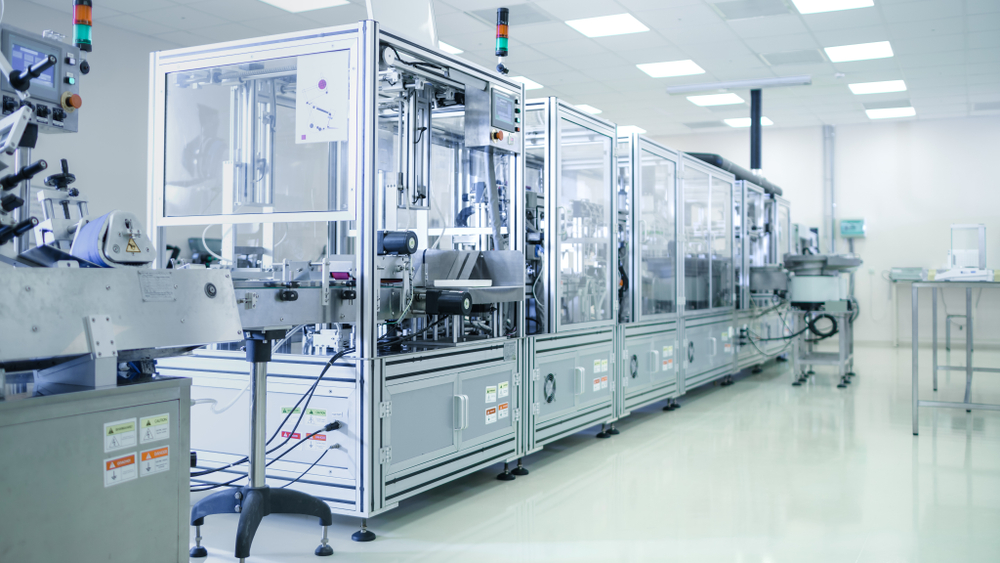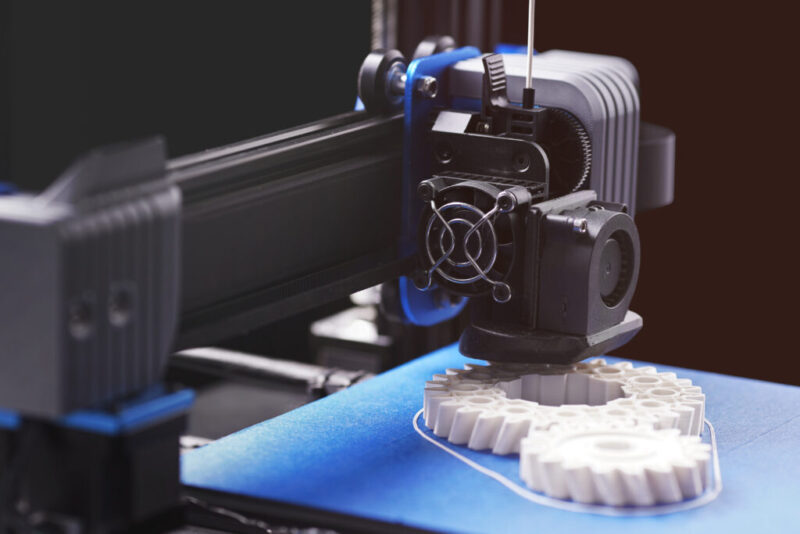In today’s fast-paced technological landscape, rapid prototyping stands as a pivotal element in the product development process. It allows designers and engineers to transform ideas into tangible models at breakneck speed, enabling swift iterations and valuable user feedback.
However, the question that looms large over this innovative practice is: how much does it really cost? The answer is not as straightforward as one might think. Various factors come into play, from material selection and complexity of the design to the type of prototyping method employed.
In this article, we will delve into three comprehensive breakdowns of these costs, providing you with a clearer understanding of what to expect when embarking on your rapid prototyping journey. Prepare to uncover the nuances that can significantly impact your budget, so you can make informed decisions and streamline your development process.
Breakdown of Costs in Rapid Prototyping

When analyzing the costs associated with rapid prototyping, it\’s essential to consider several key factors that contribute to the overall expenditure. The initial investment can vary widely, depending on the technology employed—be it 3D printing, CNC machining, or injection molding.
Material costs fluctuate based on the choice of plastics, metals, or composites, each offering distinct advantages and limitations. Furthermore, labor expenses, often overlooked, can significantly impact the bottom line as skilled technicians are needed to operate and maintain the machinery.
Rapid prototyping machining services can further influence costs, especially if specialized machinery or expertise is required for complex prototypes. Additionally, expenses related to software for design and simulation, which can either be a one-time purchase or a recurring subscription fee, add another layer of cost.
In some instances, prototyping partners may charge a premium for expedited services or specialized features, leading to unexpected costs. Ultimately, a thorough breakdown not only unveils the intricacies of each component but also empowers businesses to make informed decisions tailored to their unique needs and budget constraints.
Cost Comparison: In-House vs. Outsourcing

When deciding between in-house production and outsourcing for rapid prototyping, cost dynamics play a pivotal role. Managing an in-house team offers a semblance of control; however, this route is often laden with overheads—from salaries and benefits to equipment maintenance and supply purchases, the tally can skyrocket.
On the other hand, outsourcing can appear tantalizingly cost-effective at first glance, as it grants access to specialized resources and cutting-edge technology without the burden of long-term commitments. Yet, it demands careful consideration of hidden costs: shipping, potential delays, and the risk of intellectual property issues may quickly erode perceived savings.
Ultimately, the choice hinges on specific project requirements, the desired timeline, and your organizations strategic goals, making the cost comparison anything but straightforward. In this landscape, every dollar spent must be evaluated against the backdrop of quality assurance and turnaround speed, underscoring the complexity of the decision-making process.
Cost-Saving Tips for Effective Rapid Prototyping

Navigating the landscape of rapid prototyping can be daunting, but there are clever ways to trim costs without sacrificing quality. First, consider leveraging open-source software and design tools, which often provide robust capabilities at little to no expense.
Furthermore, employing 3D printing for initial models can drastically cut material costs compared to traditional manufacturing methods, allowing for quick iterations with minimal investment. Collaboration is another key strategy; working closely with design teams to consolidate ideas can streamline the process, ensuring that you’re not wasting resources on redundant prototypes.
Additionally, don’t overlook the value of user testing early on; feedback gathered from initial prototypes can inform subsequent designs and prevent costly revisions down the line. By strategically prioritizing elements and refining processes, you can achieve innovative results while keeping your budget in check.
Conclusion
In conclusion, understanding the costs associated with rapid prototyping is crucial for businesses looking to streamline their product development processes. By breaking down expenses into material costs, labor, and overhead, companies can make informed decisions that align with their budgets and project timelines.
Additionally, leveraging rapid prototyping machining services can significantly enhance efficiency and precision, further influencing overall costs. Ultimately, with the right strategy and clear financial insights, businesses can effectively harness the advantages of rapid prototyping, ensuring they stay competitive in todays fast-paced market.


